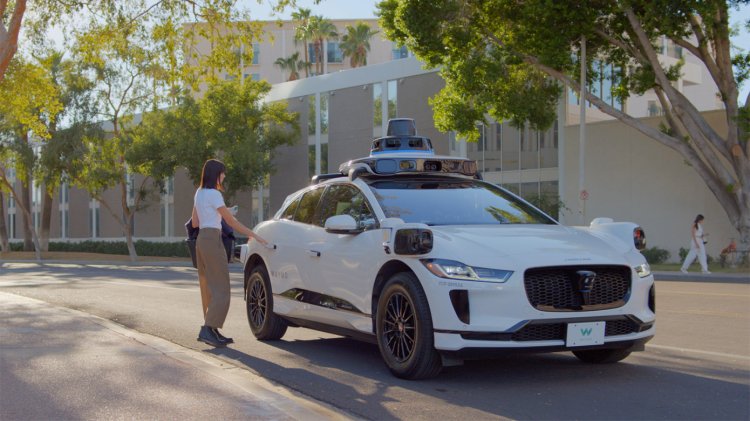Cruise and Waymo Secure Robotaxi Expansion in San Francisco
California Regulators Approve 24/7 Robotaxi Services by Cruise and Waymo in San Francisco

In a significant development for the autonomous vehicle sector, the state of California has granted Cruise and Waymo permission to roll out commercial robotaxi operations across San Francisco, operating round the clock, seven days a week.
The decision was reached with a 3-1 vote by the commission, with Commissioner Genevieve Shiroma being the sole dissenter.
Despite facing opposition from local residents and city organizations, the California Public Utilities Commission (CPUC) endorsed the expansion plans of these autonomous vehicle (AV) companies. Critics had voiced concerns about safety issues and advocated for a more gradual approach to expansion. Incidents of AVs malfunctioning and causing disruptions on San Francisco streets have been cited, causing blockages and hindering traffic, public transit, and emergency services.
Cruise and Waymo have been offering limited paid services in San Francisco, with Cruise offering driverless rides during nighttime and Waymo providing robotaxi services throughout the city, accompanied by human safety operators. The extended permits now allow these companies to substantially expand their services without any restrictions on the number of robotaxis they can deploy.
While Cruise and Waymo have emphasized their intention to scale up gradually, achieving a larger operational scale is crucial for their overall success. Developing, testing, and deploying AV technology has incurred substantial costs for both companies. Waymo's operations faced setbacks due to layoffs earlier in the year and the subsequent shift in focus to ride-hailing. For these companies to see a return on their substantial investments, expansive growth in San Francisco and beyond is essential.
The CPUC's decision to grant permit expansions was influenced by their assessment that the robotaxi services wouldn't pose significant safety risks. The agency's primary mandate revolves around ensuring safe, reliable, and affordable utility services for the public. As long as Cruise and Waymo adhere to these requirements, the CPUC lacks the authority to impose limitations.
During the CPUC's public comment period, concerns were raised about the lack of Americans with Disabilities Act (ADA) compliance in the companies' robotaxi offerings. Calls were made for clearer guidelines to ensure ADA compliance and accommodate passengers with disabilities.
Various viewpoints emerged during the hearing, with some expressing worries about potential discrimination against the unbanked and digitally inexperienced individuals, the impact of increased vehicle numbers on micromobility efforts, and concerns over job displacement in a city grappling with rising homelessness rates.
Supporters of AV expansion, including representatives of the blind community, highlighted the benefits of autonomous rides in terms of safety and independence. They emphasized the potential for AVs to make streets safer and more environmentally friendly. Proponents also suggested that the entry of Cruise and Waymo could lead to the creation of unionized jobs.
Daniel Gregorski, a 27-year-old beta tester for Cruise, shared his enthusiasm for the permit expansion, particularly noting the enhanced sense of safety during nighttime rides. He compared the experience favorably to human-driven taxis, citing his control over factors like music and temperature.
Both Cruise and Waymo actively campaigned for their permit approvals. Cruise employed an assertive strategy, running full-page advertisements in major newspapers across the country advocating the potential life-saving impact of robotaxis. Cruise also launched a petition with over 2,600 signatures, urging the CPUC to endorse its expansion plans.

 chandni
chandni 



